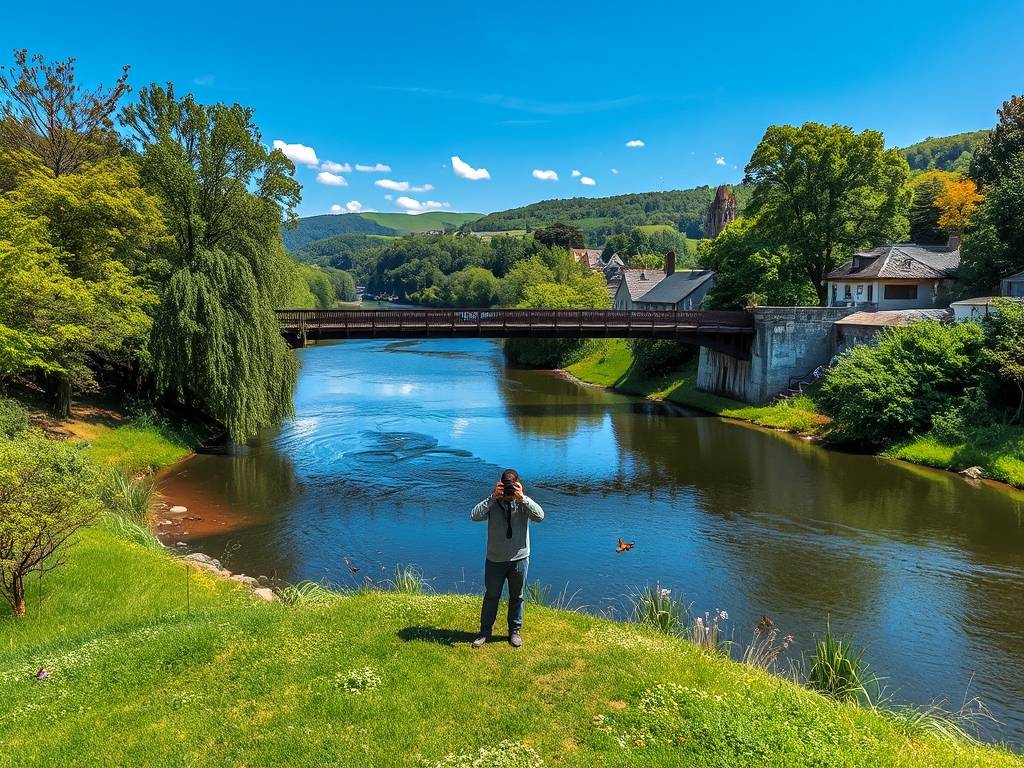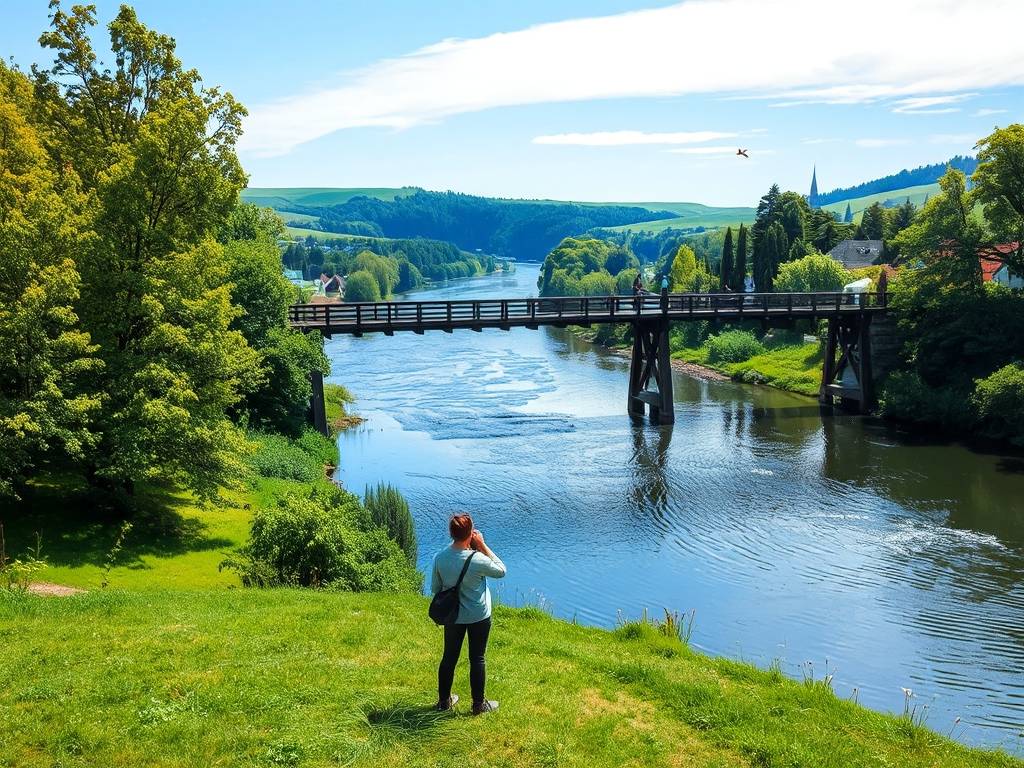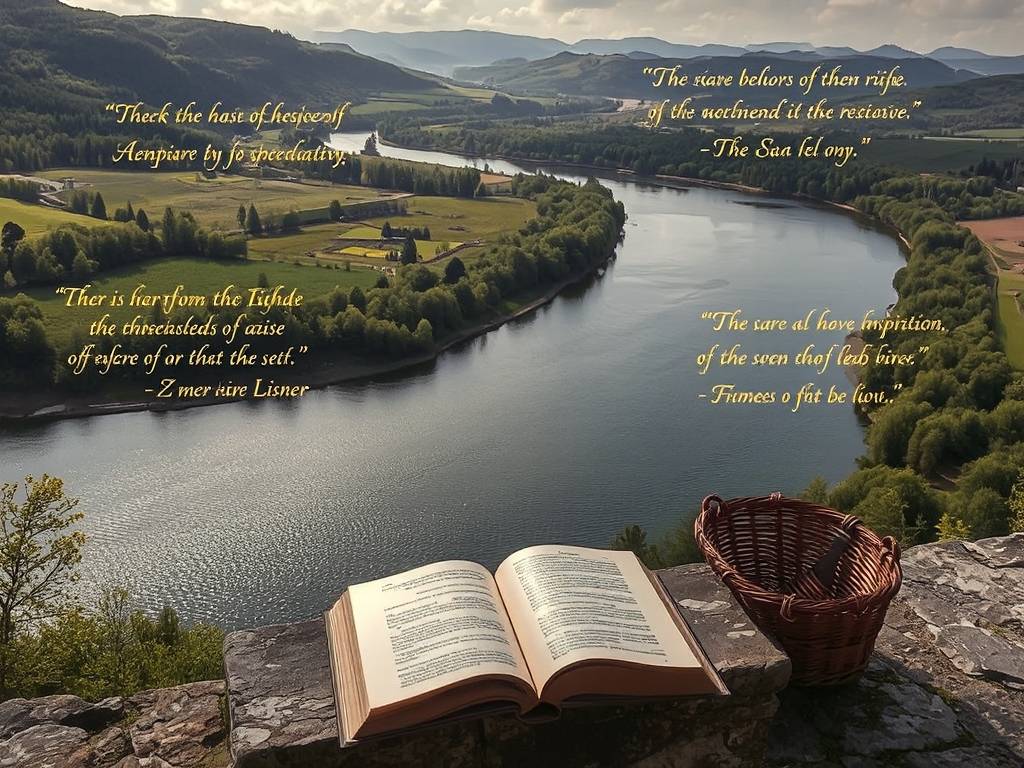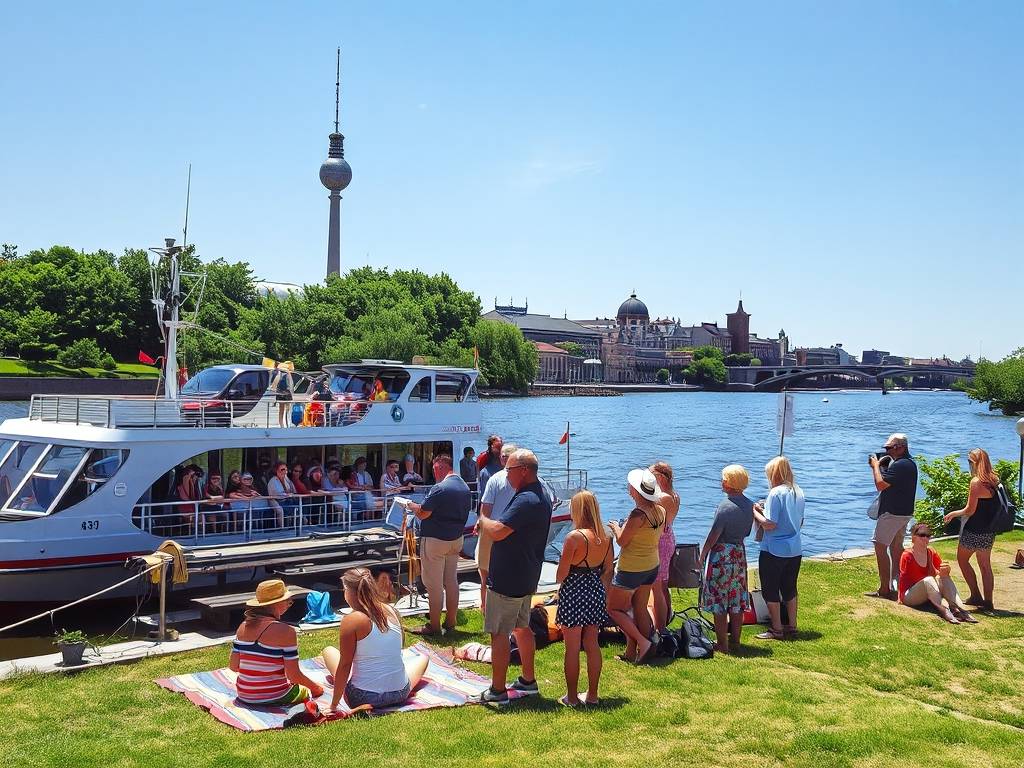Global Travel Information
Elbe River Photography Spots: Capture Stunning Views
The Elbe River Through Your Lens: A Photographer's Guide to Capturing Timeless Beauty
Winding its way through the very heart of Europe, the Elbe River is more than just a body of water; it's a living, breathing canvas. For photographers, from the avid amateur to the seasoned professional, it presents an unending source of inspiration. Its journey from the Czech Republic through Germany to the North Sea is a visual narrative of dramatic gorges, historic cities, serene vineyards, and vast wetlands. Capturing the essence of the Elbe isn't just about snapping pictures; it's about telling a story of time, nature, and human ingenuity. This guide is your trusted companion, designed to help you discover the most stunning Elbe River photography spots and equip you with the tips to create breathtaking images.
The Saxon Switzerland National Park: A Landscape Photographer's Dream

Our journey begins in one of Europe's most photogenic locations, the Saxon Switzerland National Park (Sächsische Schweiz). This is where the Elbe cuts through a mesmerising landscape of sandstone pillars, deep gorges, and dense forests. It’s a premier destination for capturing unique landscapes along the Elbe River.
-
Bastei Bridge (Basteibrücke): This is the iconic shot. The ancient stone bridge, perched dramatically over the jagged rock formations with the Elbe winding far below, is a masterpiece. For the classic postcard shot, arrive well before sunrise. The pre-dawn light will help you capture a serene scene, and you might even get the bridge to yourself. Use a wide-angle lens to emphasize the scale and a tripod for those sharp, long exposures. As the sun rises, it casts a golden glow on the sandstone, creating a magical atmosphere. Don't just stop at the bridge itself; explore the paths leading from it for different perspectives of the Elbe valley.
-
Königstein Fortress (Festung Königstein): Standing atop one of Europe's largest hilltop fortresses, you get a commanding, bird's-eye view of the Elbe's graceful bend. This spot is perfect for showcasing the river's journey through the dramatic topography. A telephoto lens can help you compress the scene, making the river and the distant Bastei formations appear closer together. This location is fantastic at sunset when the fortress walls glow and the valley below is bathed in soft, warm light.
-
Schrammsteine Viewpoint: For the more adventurous photographer seeking the best views of the Elbe valley, a hike up the Schrammsteine is a must. The climb is rewarded with a panoramic vista that is less crowded than Bastei but equally, if not more, impressive. It’s an ideal location for capturing the sheer scale of the national park, with the Elbe snaking its way through a sea of eroded rock.
The Florentine of the North: Dresden's Architectural Elegance
As the Elbe flows north, it graces the city of Dresden, a place so beautiful it was once known as the "Florentine of the North." The river here is framed by breathtaking architecture, offering a blend of urban and natural beauty. These are some of the top Elbe River viewpoints for urban landscape photography.

-
Brühl's Terrace (Brühlsche Terrasse): Often called the "Balcony of Europe," this elevated promenade offers a fantastic vantage point. From here, you can capture the majestic Dresden Cathedral and the Semper Opera House with the Elbe and the Augustus Bridge in the foreground. It’s a fantastic spot for blue hour photography when the city lights begin to twinkle and reflect on the river's surface. A tripod is essential here to capture the scene without noise.
-
Across the River from the Old Town: For the definitive skyline shot of Dresden, cross the Augustus Bridge to the northern bank. From this position, you can photograph the entire ensemble of the historic old town—the dome of the Frauenkirche, the palace, and the opera house—perfectly aligned along the riverbank. This is a must-have shot for any photographer visiting Dresden and a perfect example of how to photograph the Elbe River in a city context.
-
Paddle Steamer on the Elbe: To add a touch of timeless romance to your portfolio, include one of Dresden's historic paddle steamers. These white, smoke-belching vessels are the oldest fleet of paddle steamers in the world. Capture them as they chug past the Dresden skyline or from the slopes of the vineyards. They introduce a beautiful sense of motion and history into your frame.
Vineyards and Valleys: The Dresden Elbe Valley Biosphere Reserve
Just beyond the city center, the Elbe Valley UNESCO Biosphere Reserve unfolds. This area is characterized by gentle slopes covered in vineyards, charming villages, and picturesque castles. It offers a softer, more pastoral side of the river.
-
Vineyard Trails in Radebeul or Pillnitz: Hike up the vineyard trails in towns like Radebeul, and you'll be rewarded with sweeping views of the river meandering through the valley. The orderly lines of the vines create leading lines that draw the eye directly to the Elbe. These spots are particularly enchanting in the autumn when the vines change color, or in the spring when everything is a vibrant green.
-
Pillnitz Palace and Park: The Japanese Palace of Pillnitz, with its unique architecture and location right on the riverbank, is a fantastic subject. Capture the Chinese Pavilion with the Elbe in the background, or focus on the old camellia tree in the greenhouse. The palace's jetty, with small boats bobbing in the water, also makes for a charming, intimate composition.
The Hanseatic Jewel: Hamburg's Maritime Majesty
The Elbe's journey culminates in the great port city of Hamburg. Here, the river transforms into a massive, bustling estuary, offering a completely different but equally compelling photographic genre: maritime and industrial grandeur.
-
Landungsbrücken and St. Pauli Piers: This is the vibrant heart of Hamburg's waterfront. The historic terminal buildings, the floating docks, and the constant coming and going of ferries and ships create a dynamic scene. Use a slower shutter speed to smooth out the water and create a sense of movement against the sharp architecture. At night, the lights of the port create a dazzling reflection on the dark water.
-
Elbphilharmonie Plaza: For a modern contrast, head to the Elbphilharmonie concert hall. The public plaza, situated between the old warehouse and the new glass structure, offers a 360-degree panoramic view of the city and the port. From here, you can capture the sheer scale of Hamburg's harbor, the iconic cranes, and the endless flow of container ships. It’s one of the best spots for capturing the modern identity of the Elbe River.
-
Övelgönne and the Museum Harbour: For a more nostalgic and peaceful take, visit the district of Övelgönne. Here, you'll find a beautiful riverside promenade and a museum harbour filled with historic sailing vessels. It’s a great location for capturing the timeless beauty of old ships against the backdrop of the modern port, especially during the golden hour.
-
Waltershofer Lighthouse: Situated within the massive container port, this classic red-and-white lighthouse offers a surreal and dramatic photo opportunity. The contrast between the solitary, romantic lighthouse and the gigantic, industrial port machinery is a powerful compositional theme.
Beyond the Beaten Path: The Upper and Lower Elbe
While the highlights are magnificent, don't overlook the quieter stretches of the river.
-
The Upper Elbe in the Czech Republic (Czech Switzerland): The Czech side of the national park offers its own gems, like the Pravčická Gate, the largest natural sandstone arch in Europe. The views from here over the surrounding forests are spectacular.
-
The Lower Elbe Biosphere Reserve: Near Hamburg, the river widens significantly, creating a vast landscape of marshes, meadows, and fruit orchards. This area is a paradise for wildlife photographers. With patience and a long lens, you can capture migratory birds, seals on the sandbanks, and stunning, vast skies that are typical of this region.
Essential Photography Tips for Your Elbe Adventure
To make the most of these stunning locations, a little preparation goes a long way.
-
Gear to Pack: A versatile zoom lens (e.g., 24-70mm) is your best friend for landscapes and cityscapes. A telephoto lens (70-200mm or longer) is crucial for compressing distant scenes and capturing wildlife. A sturdy tripod is non-negotiable for sunrise, sunset, and blue hour shots. Don't forget neutral density (ND) filters for long exposures in daylight and polarizing filters to reduce glare and enhance colors.
-
Chase the Light: The quality of light is everything. The hour after sunrise and the hour before sunset—the "golden hours"—provide soft, warm, and directional light that will elevate your photographs immensely. "Blue hour," just before sunrise and after sunset, offers a cool, ethereal light that is perfect for cityscapes.
-
Composition is Key: Use the river itself as a leading line. Include foreground interest, like a flower, a rock, or a boat, to create depth. Look for reflections in the calm water. And always, tell a story—whether it's the timeless journey of a paddle steamer or the dramatic interplay of nature and architecture.
The Elbe River is a gift that keeps on giving. Its diverse landscapes and ever-changing light provide endless opportunities to create unique and powerful imagery. So pack your camera, charge your batteries, and set out to capture your own stunning views of this magnificent European waterway. Your perfect shot is waiting.
相关文章
- Elbe River Spring Events: Blossoms & Festivals
- Elbe River Cruise Prices 2025: Booking Tips & Deals
- Elbe River Day Trips: Short Excursions from Berlin
- Elbe River Literary Connections: Authors Inspired by the River
- Elbe River Artistic Heritage: Paintings & Sculptures of the Waterway
- Elbe River Flood History: Past Events & Prevention Tips
- Elbe River Eco-Tourism: Sustainable Travel Options
- Elbe River Family-Friendly Activities: Fun for Kids
- Elbe River Romantic Getaways: Perfect Dates by the Water
- Elbe River Solo Travel Guide: Tips for Lone Explorers
发表评论
评论列表
- 这篇文章还没有收到评论,赶紧来抢沙发吧~


